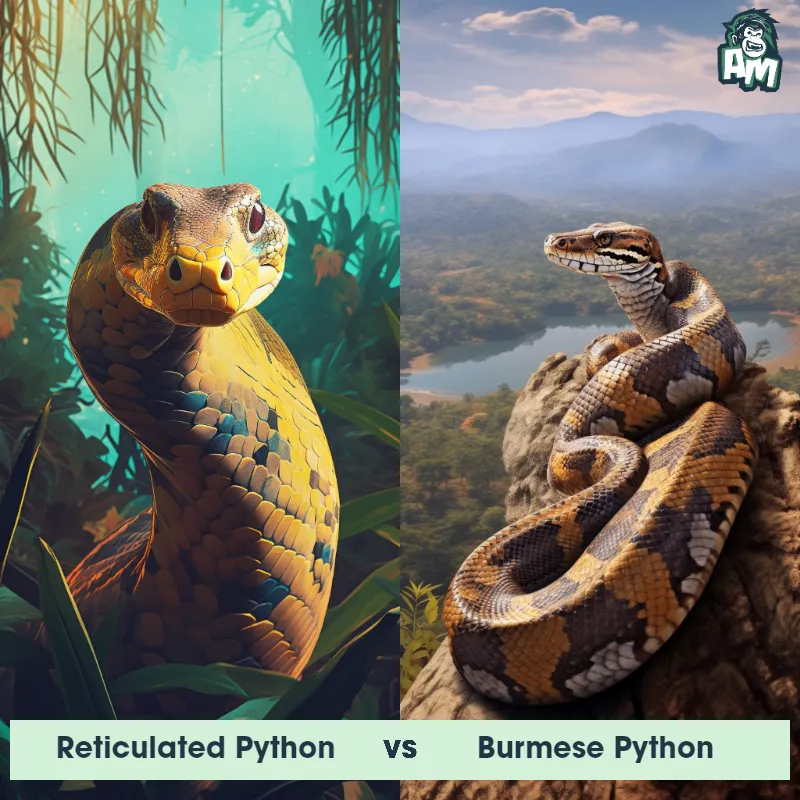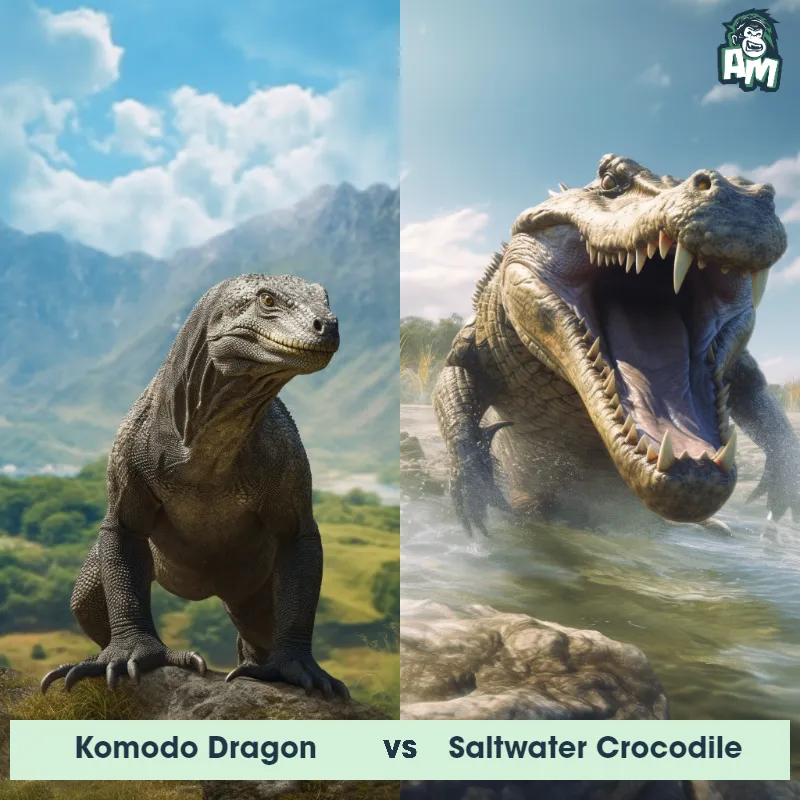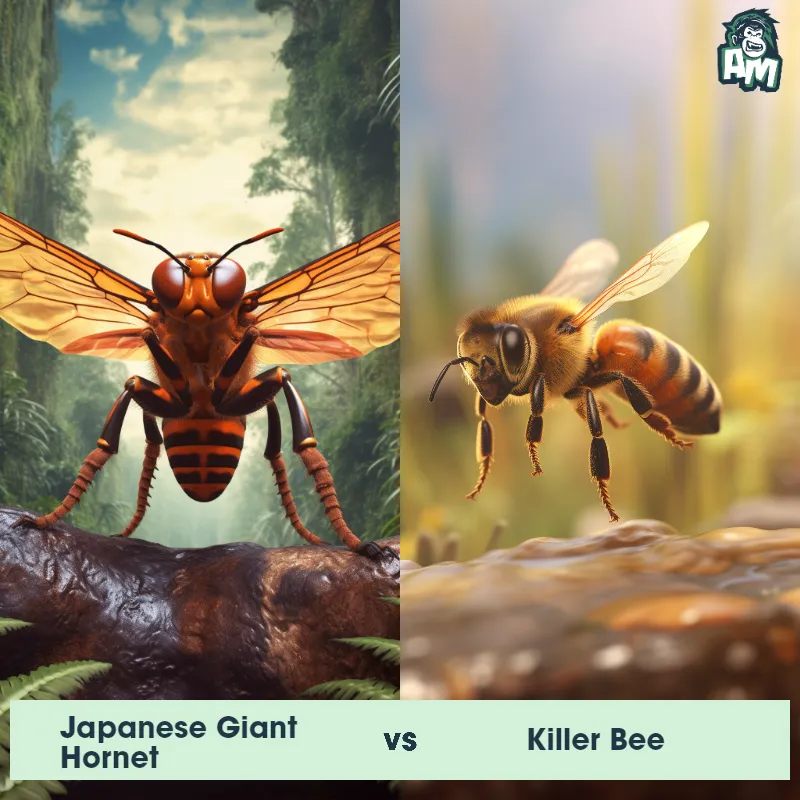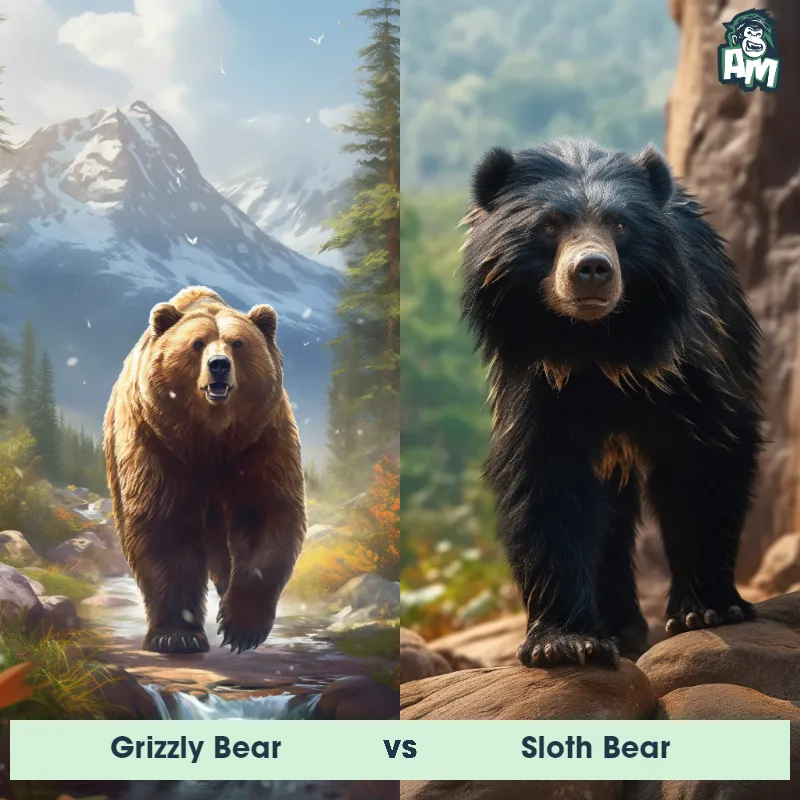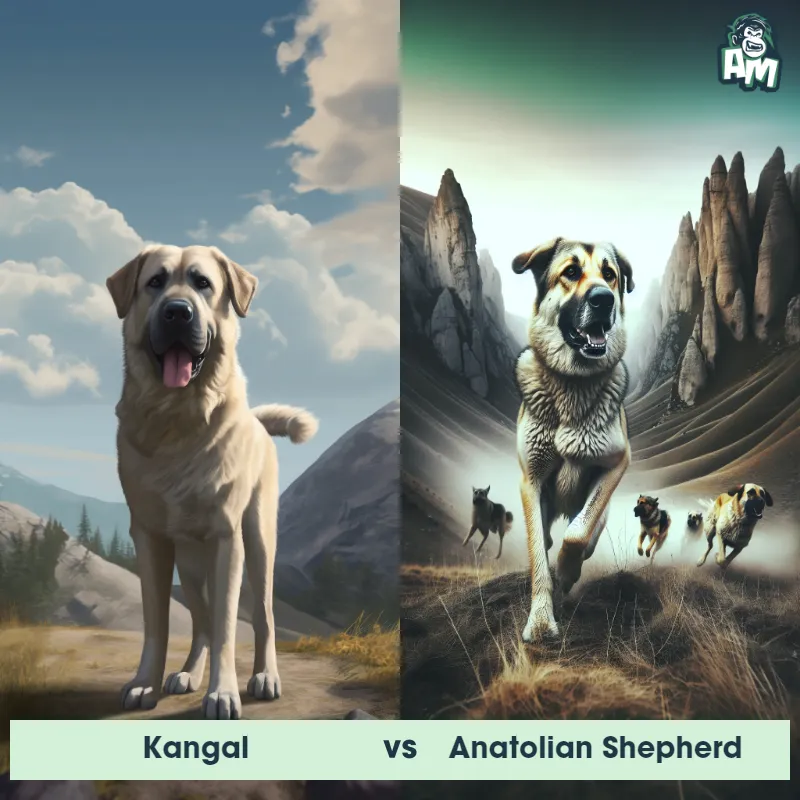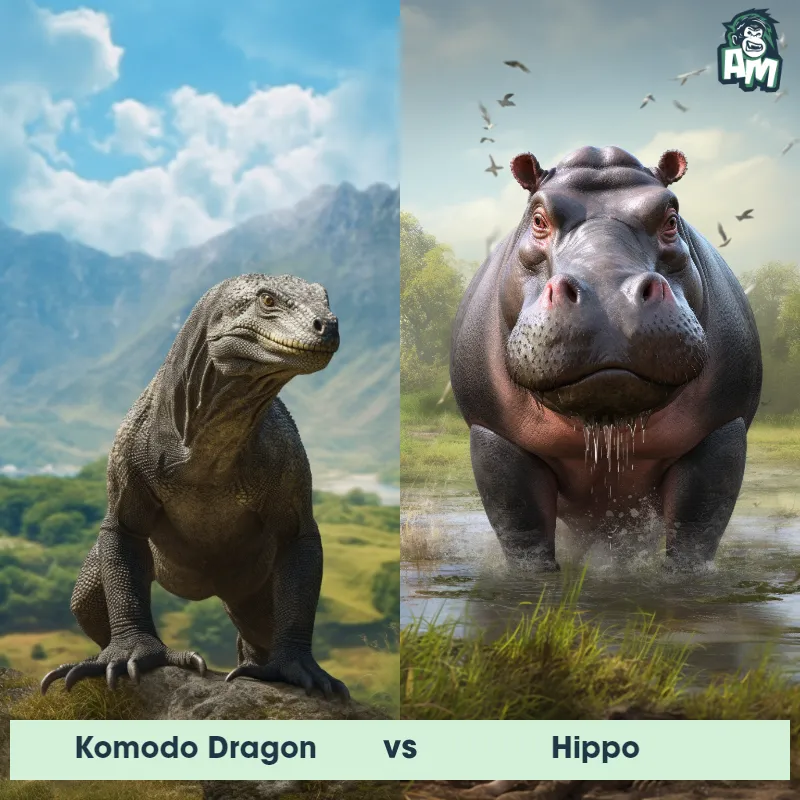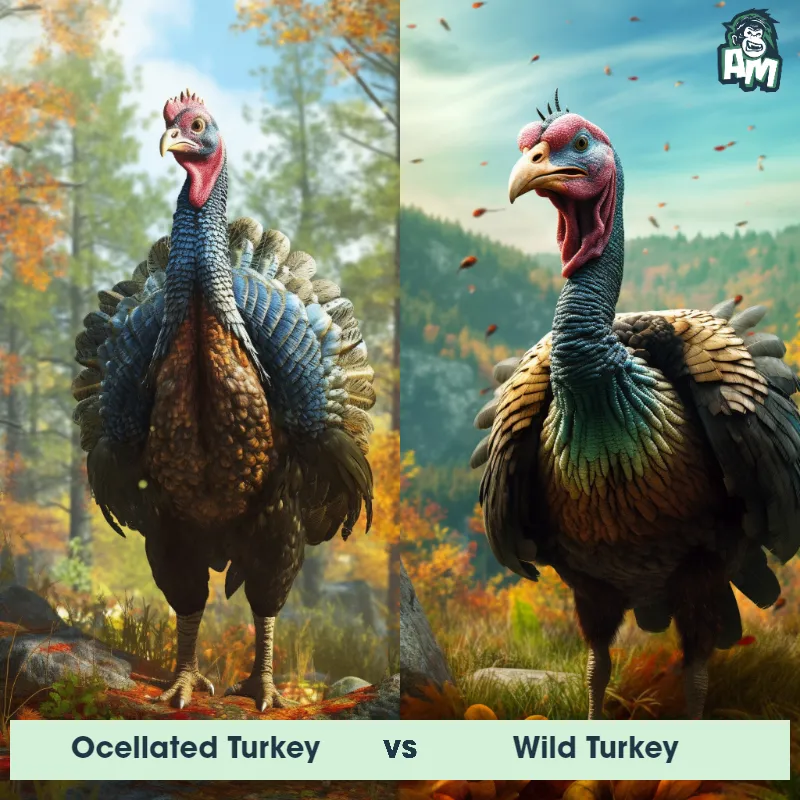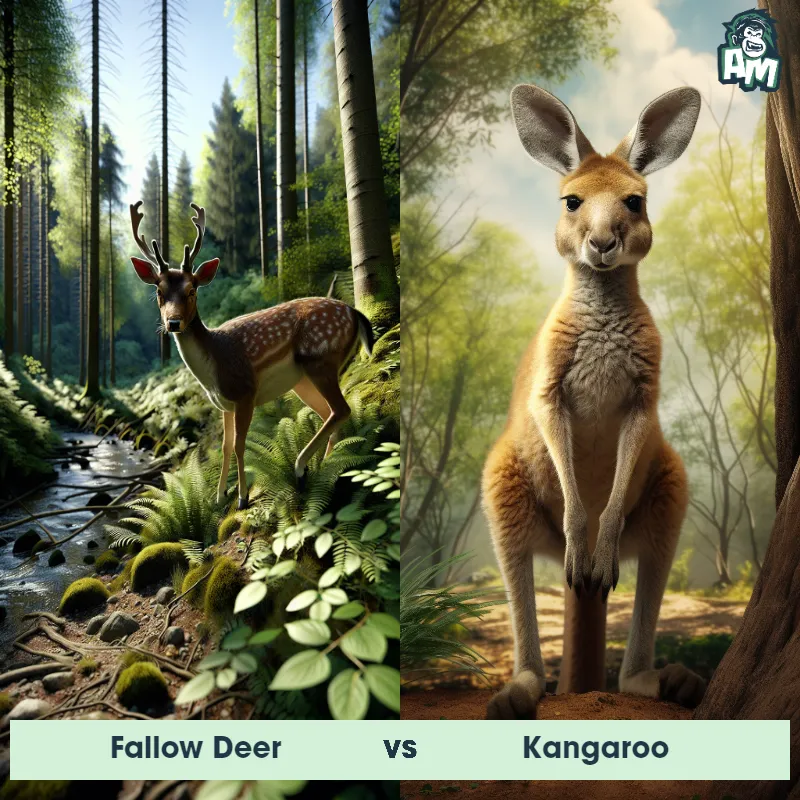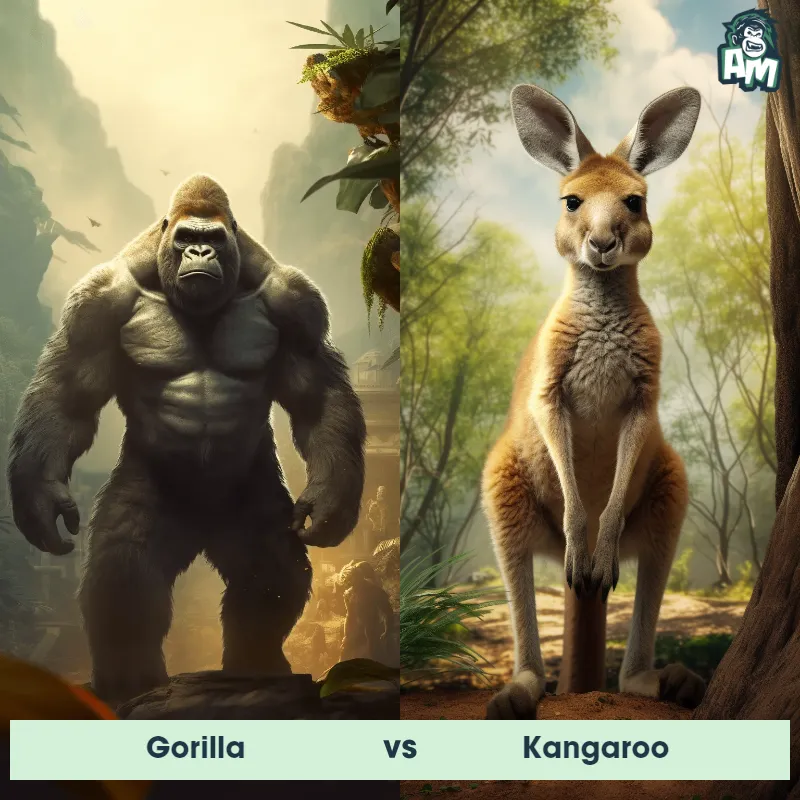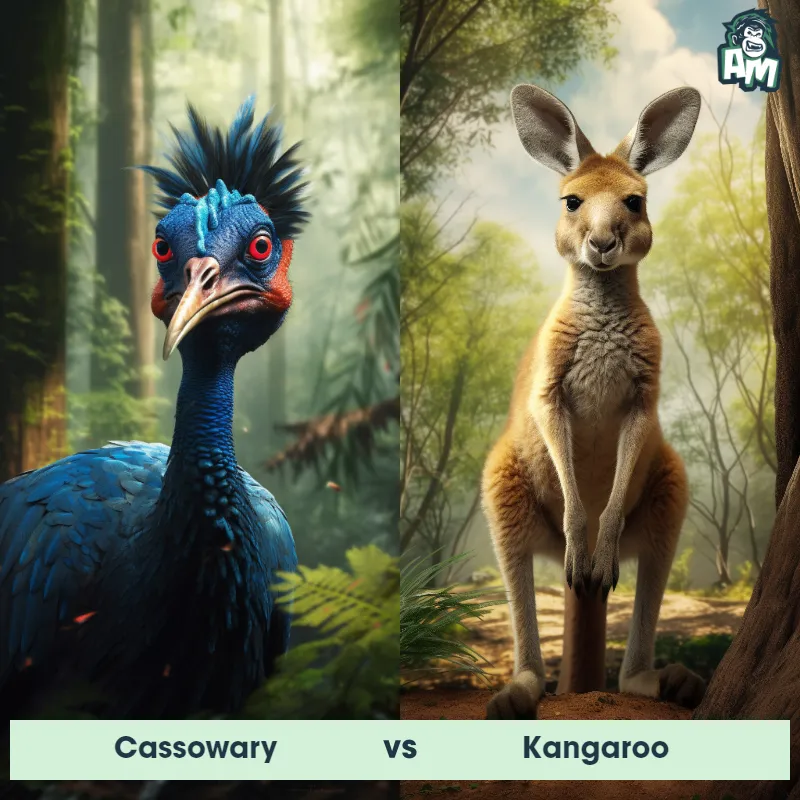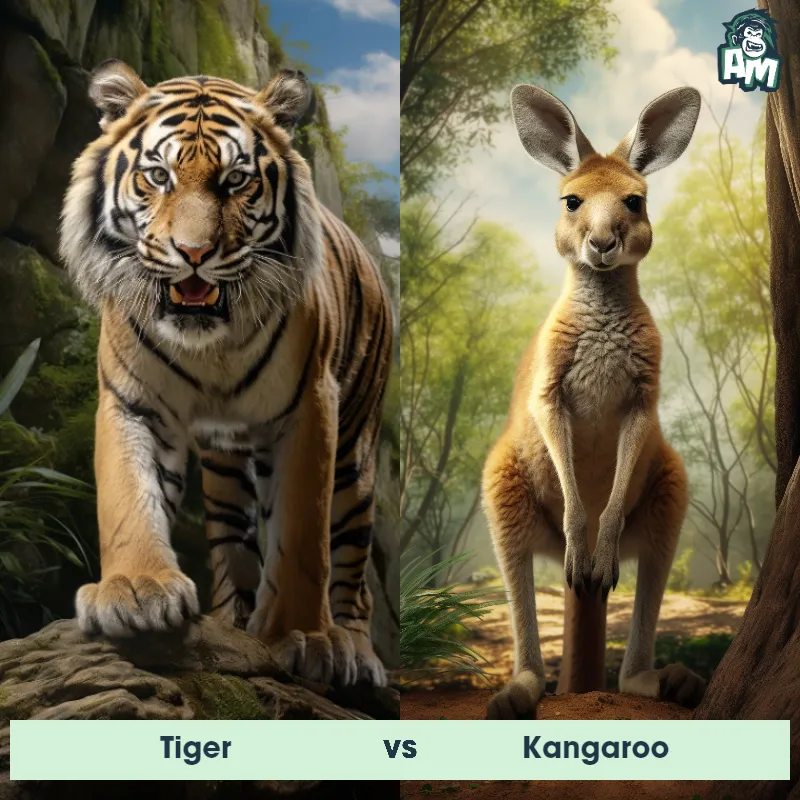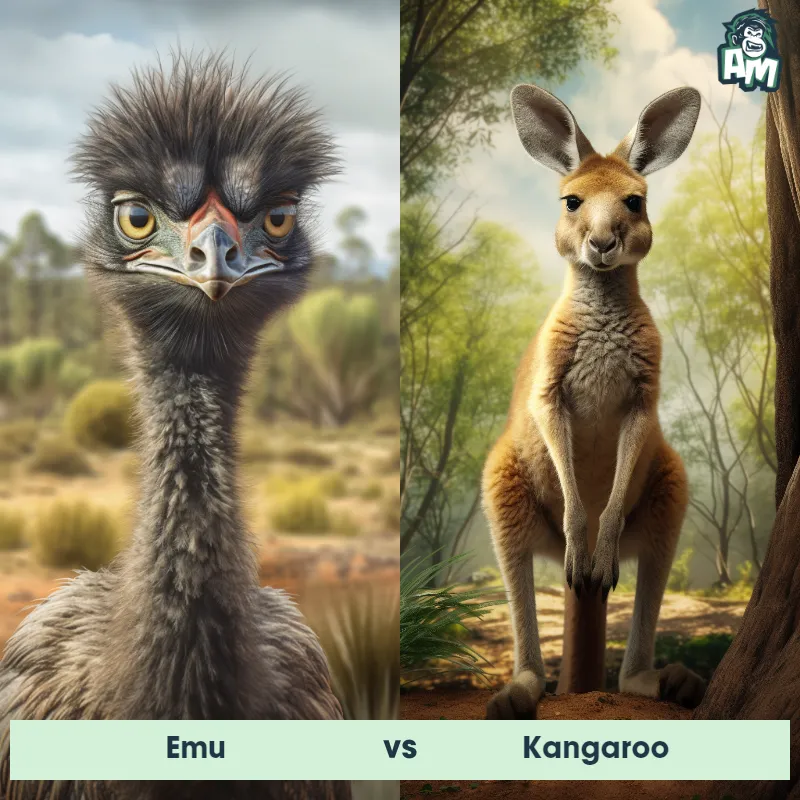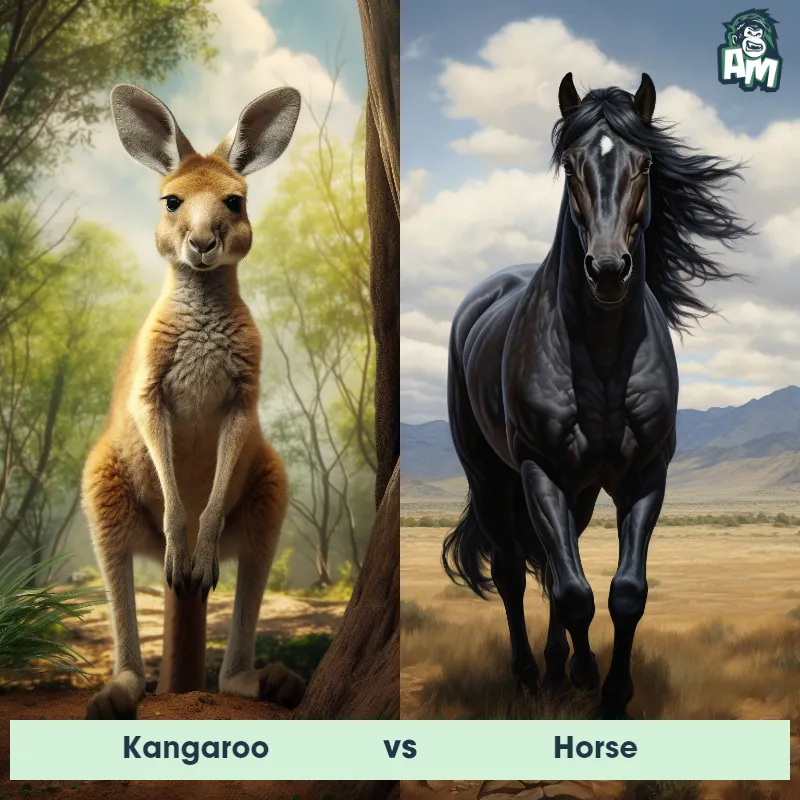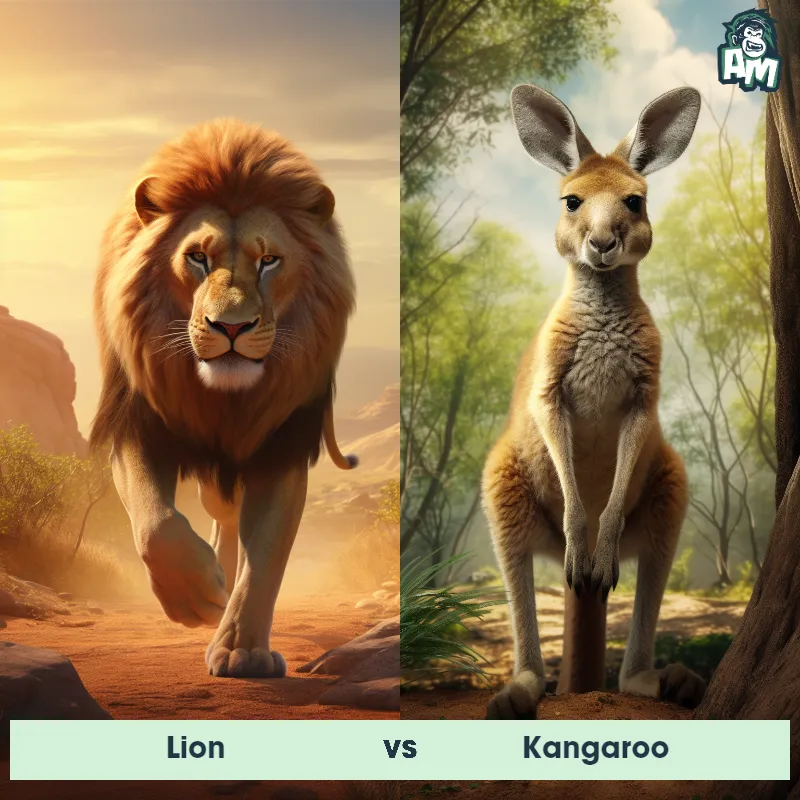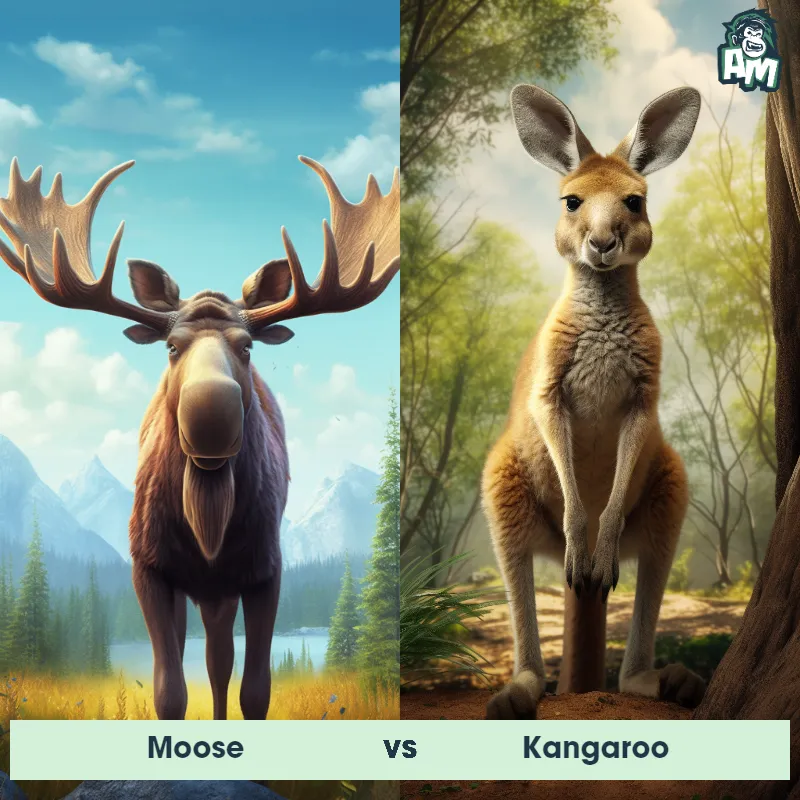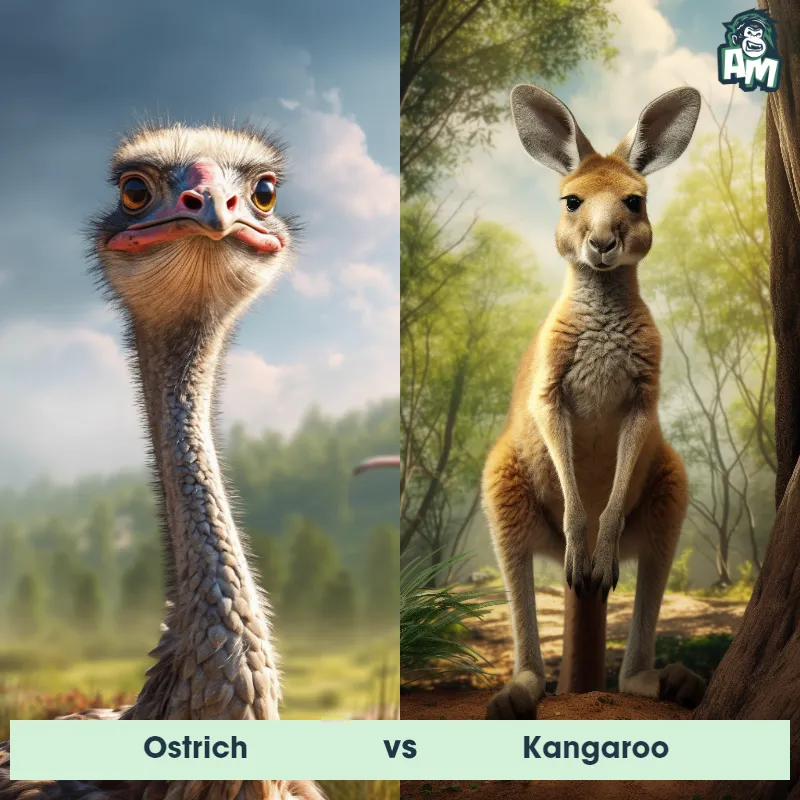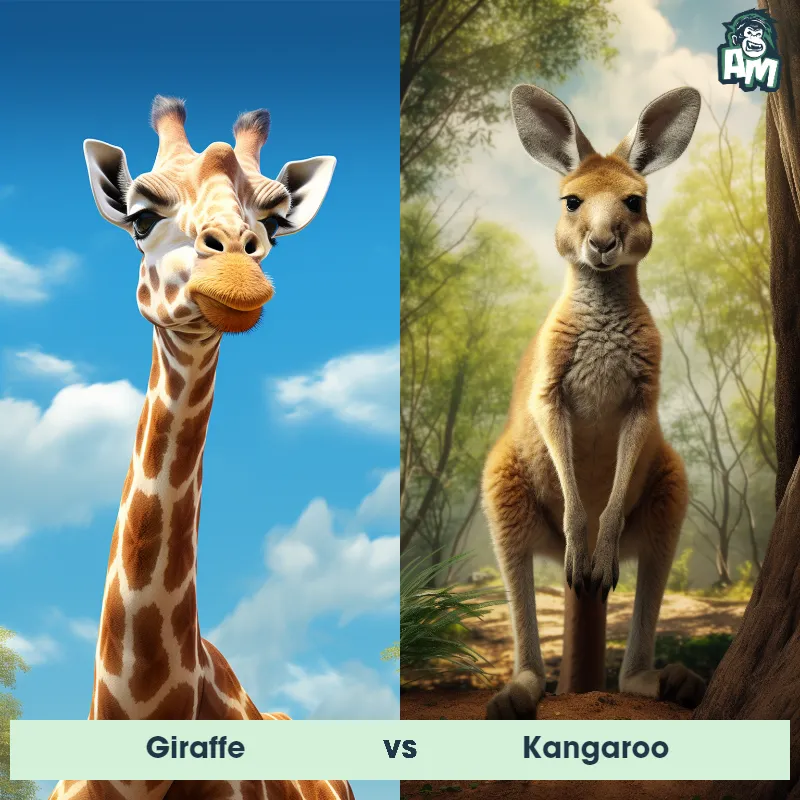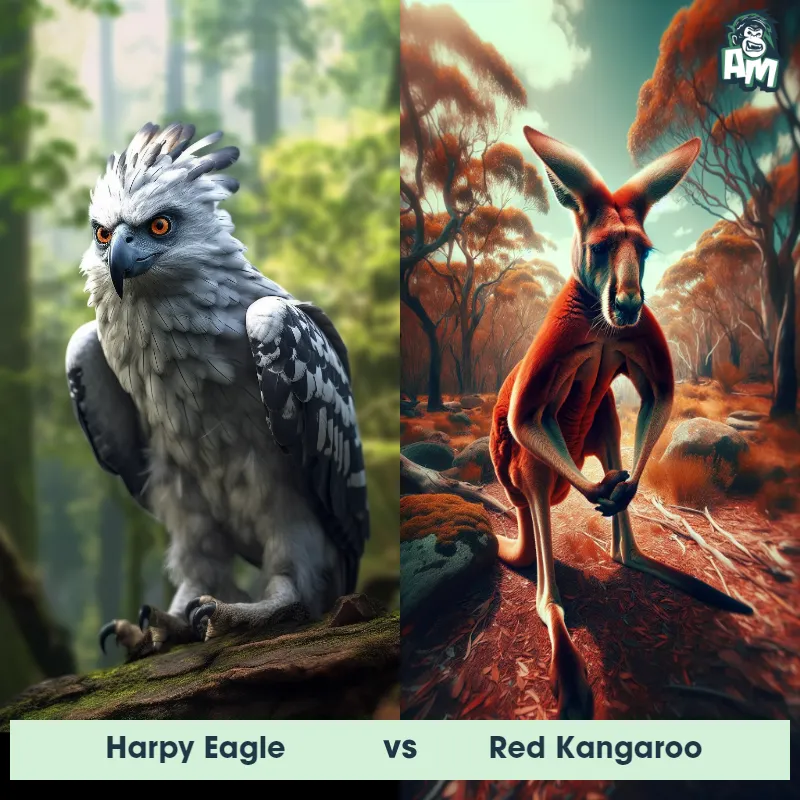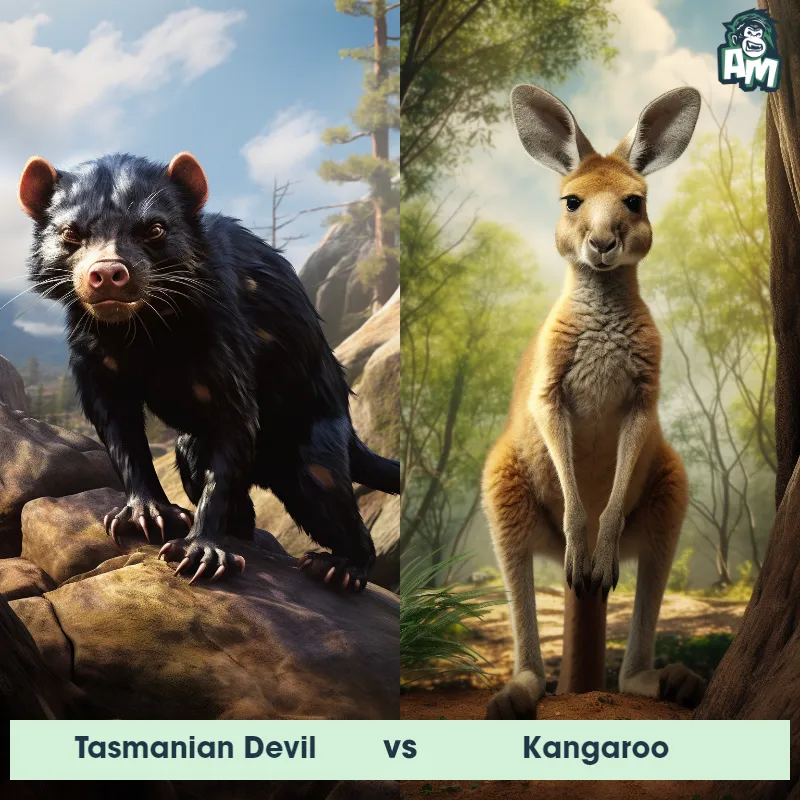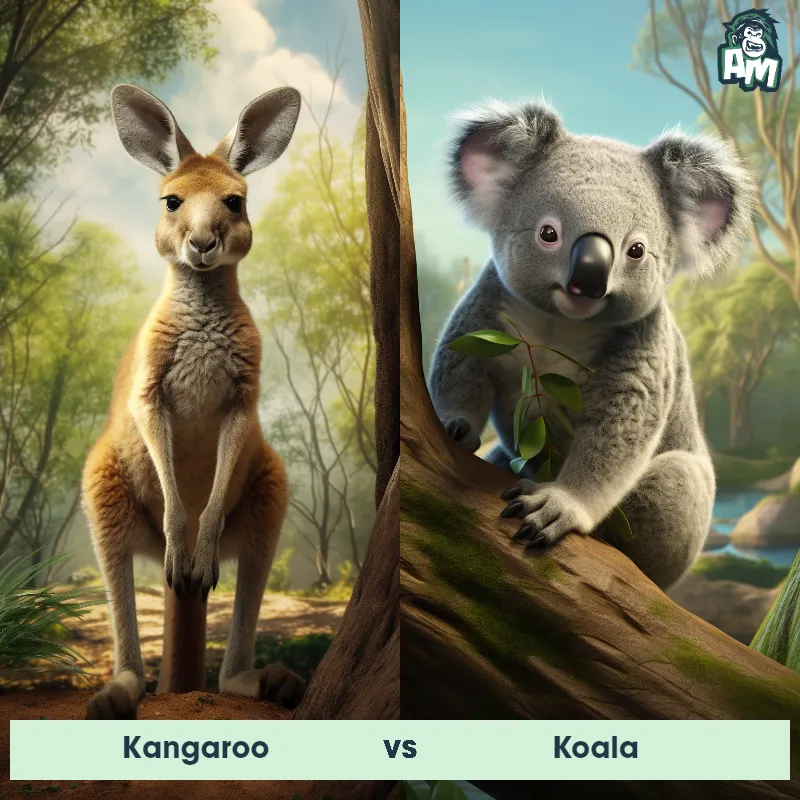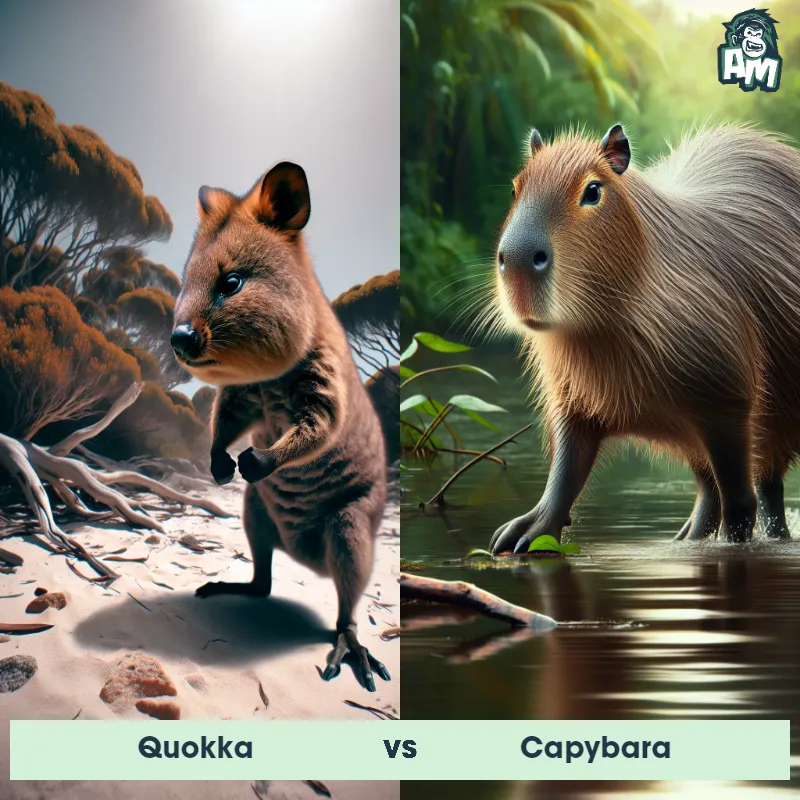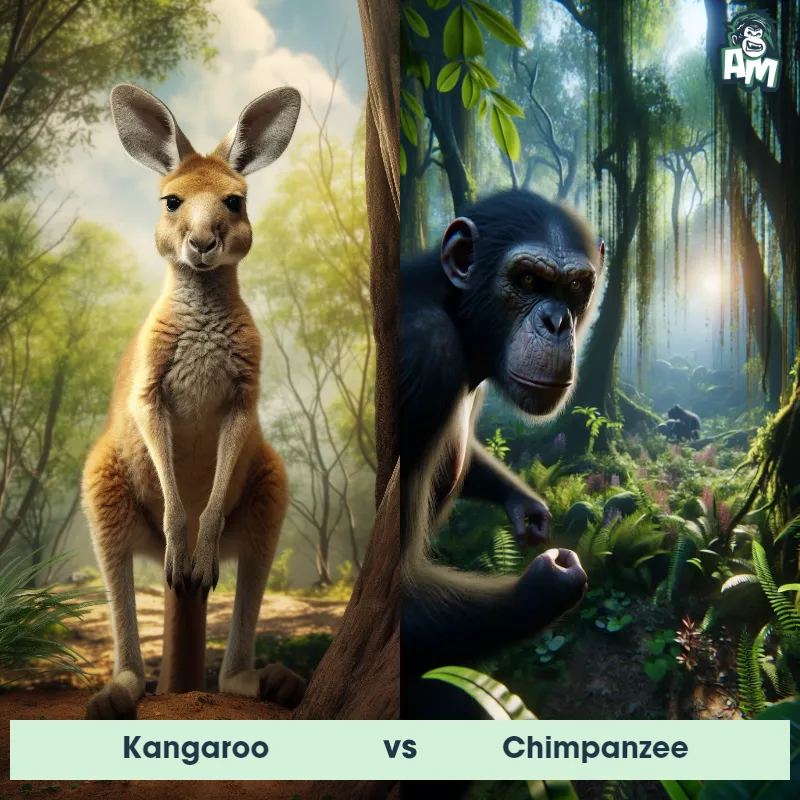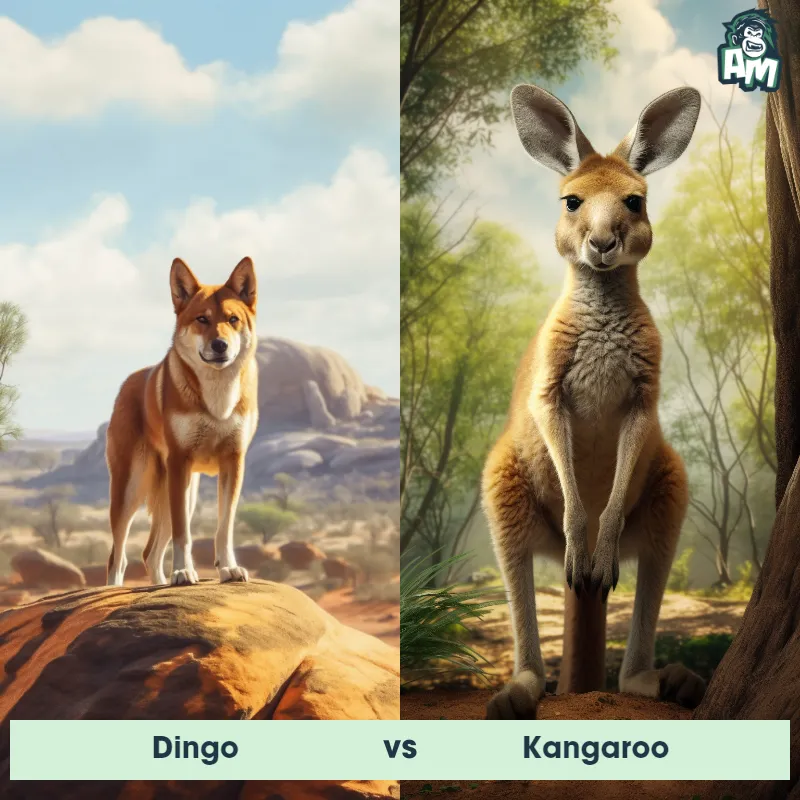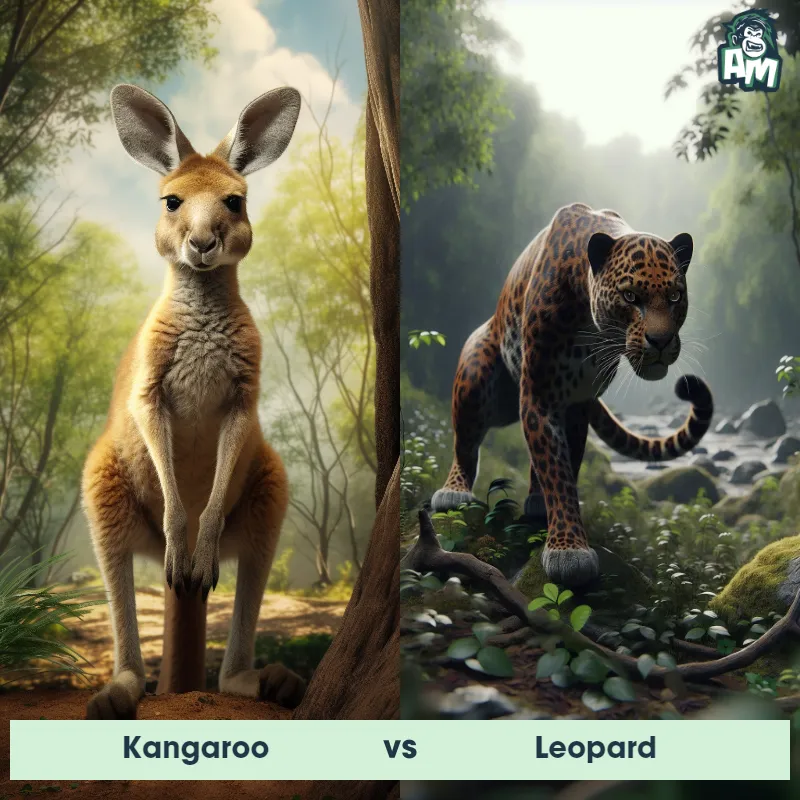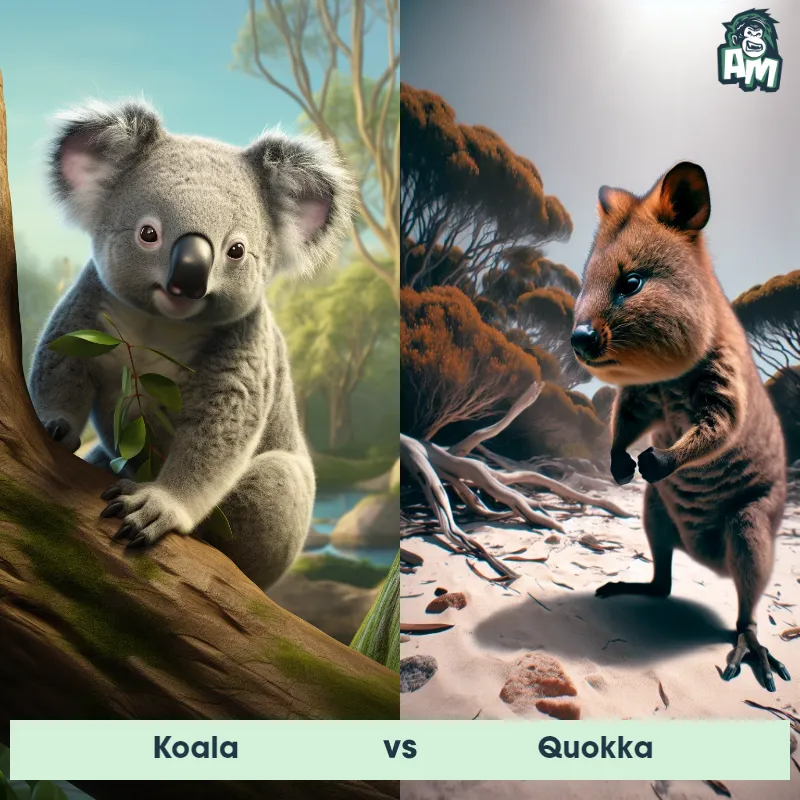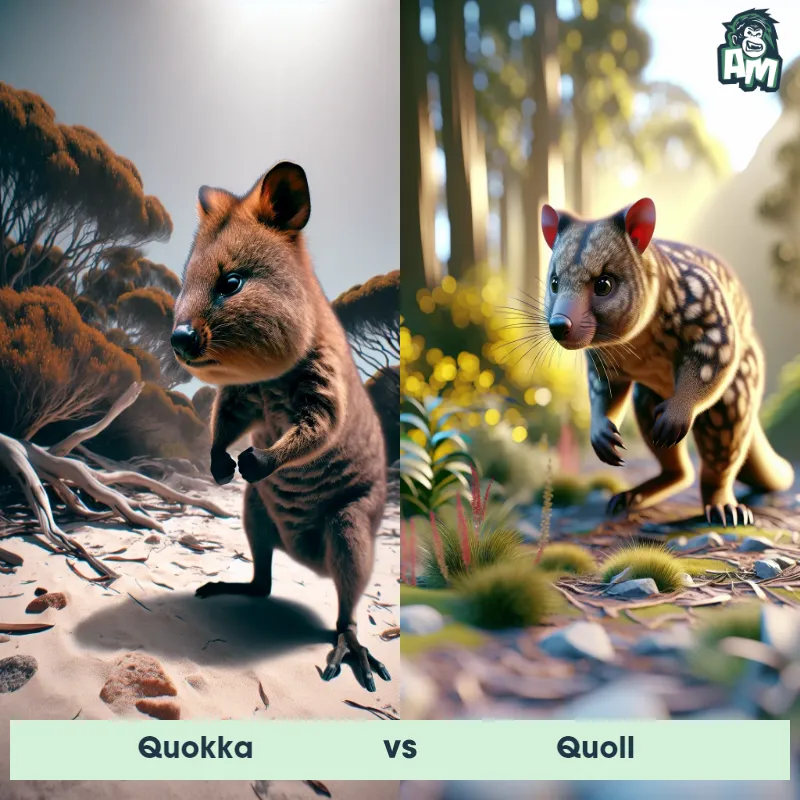Red Kangaroo vs Tree KangarooSee Who Wins

Ladies and gentlemen, welcome to tonight's electrifying matchup between two extraordinary kangaroos. In the red corner, we have the mighty Red Kangaroo, known for its incredible speed and powerful kicks. And in the blue corner, we have the agile Tree Kangaroo, famous for its climbing abilities and exceptional agility. It's sure to be a thrilling showdown between these kangaroo cousins. Let's get right into the action!
Contender 1: Red Kangaroo
The Red Kangaroo, also known as Macropus rufus, is the largest marsupial and the largest terrestrial mammal in Australia. These kangaroos are easily recognizable by their distinctive reddish-brown fur, powerful hind legs, and long, muscular tail. Adult males can reach up to 7 feet tall and weigh over 200 pounds, while females are smaller, typically measuring around 4-5 feet. They are known for their extraordinary hopping ability, with the ability to cover distances of up to 25 feet in a single leap, and can reach speeds of over 35 miles per hour.
Fun Fact: The Red Kangaroo is capable of continuously jumping at a speed of 12-16 miles per hour for extended periods, which helps them cover vast distances in search of food and water in the arid Australian outback.
Contender 2: Tree Kangaroo
The Tree Kangaroo, also known as the Dendrolagus, is a unique marsupial that is primarily found in the rainforests of Papua New Guinea and northeastern Australia. These intriguing creatures have adapted to living in trees and have several key traits that enable them to navigate the canopy. They have strong and muscular forelimbs, a long tail that aids in balance, and specialized claws that allow them to grip onto branches and tree trunks. One of their most noticeable physical attributes is their sturdy hind legs, which are built for jumping and help them move swiftly through the treetops. Tree Kangaroos also have loose, flexible shoulder joints that provide them with a broad range of movement, making it easier for them to climb and jump between trees. Their dense fur, typically in shades of brown or reddish-brown, provides insulation and camouflage within the dense foliage. As marsupials, female Tree Kangaroos have a forward-facing pouch where they carry and nourish their young.
Fun Fact: A fascinating fun fact about Tree Kangaroos is that despite their tree-dwelling lifestyle, they are excellent at leaping substantial distances, sometimes up to 60 feet from one tree to another, displaying their exceptional agility and strength.
Matchup Stats
| Red Kangaroo | Tree Kangaroo | |
|---|---|---|
| Size | Up to 7 feet tall (2.1 meters) | 3-6 feet (0.9-1.8 meters) |
| Weight | Over 200 pounds (90.7 kilograms) | 15-33 pounds (7-15 kilograms) |
| Speed | 35mph (56km/h) | 15mph (24km/h) |
| Key Strength | Powerful hind legs for kicking | Agility and jumping abilities |
| Biggest Weakness | Vulnerable to punches | Lack of aggression |
Current Votes
Red Kangaroo vs Tree Kangaroo
See Who Wins
View More Matches
Looking For More?
Similar Matches
Scientific Stats
| Red Kangaroo | Tree Kangaroo | |
|---|---|---|
| Scientific Name | Macropus rufus | Dendrolagus |
| Family | Macropodidae | Macropodidae |
| Habitat | Grasslands, open woodlands, and scrublands | Rainforests |
| Geography | Australia | Papua New Guinea and northeastern Australia |
| Diet | Herbivore, primarily eats grass and leaves | Herbivorous |
| Lifespan | 6 years - 8 years | 10 years - 20 years |
Key Differences between Red Kangaroo and Tree Kangaroo
- Limb proportions: The Red Kangaroo has large strong hind legs that enable them to hop and cover long distances efficiently, whereas the Tree Kangaroo has shorter, more muscular limbs with strong claws that facilitate climbing.
- Head shape: The Red Kangaroo has a relatively small head in proportion to its large body, with triangular ears and a pointed snout, while the Tree Kangaroo has a rounder head with larger, round ears and a slightly more rounded snout.
- Coloration: The Red Kangaroo is known for its reddish-brown fur on its body, with a white belly, and often features lighter patches on its face and limbs, whereas the Tree Kangaroo exhibits a wide range of colors including various shades of brown, gray, and even red, helping them blend into their forest environment.
- Size: The Red Kangaroo is significantly larger, reaching heights of up to 6 feet tall and weighing up to 200 pounds, whereas the Tree Kangaroo is comparatively smaller, usually reaching heights of around 2-3 feet and weighing up to 30 pounds.
- Habitat and behavior: The Red Kangaroo primarily inhabits open grasslands and desert regions in central Australia, while the Tree Kangaroo is adapted to living in the trees of rainforests and mountainous regions of Papua New Guinea, Indonesia, and Australia.
- Tail: The Red Kangaroo has a long, muscular tail which acts as a balance while hopping and can also be used for support when sitting upright, while the Tree Kangaroo has a shorter, broader tail that aids in balance whilst climbing and jumping from tree to tree.





